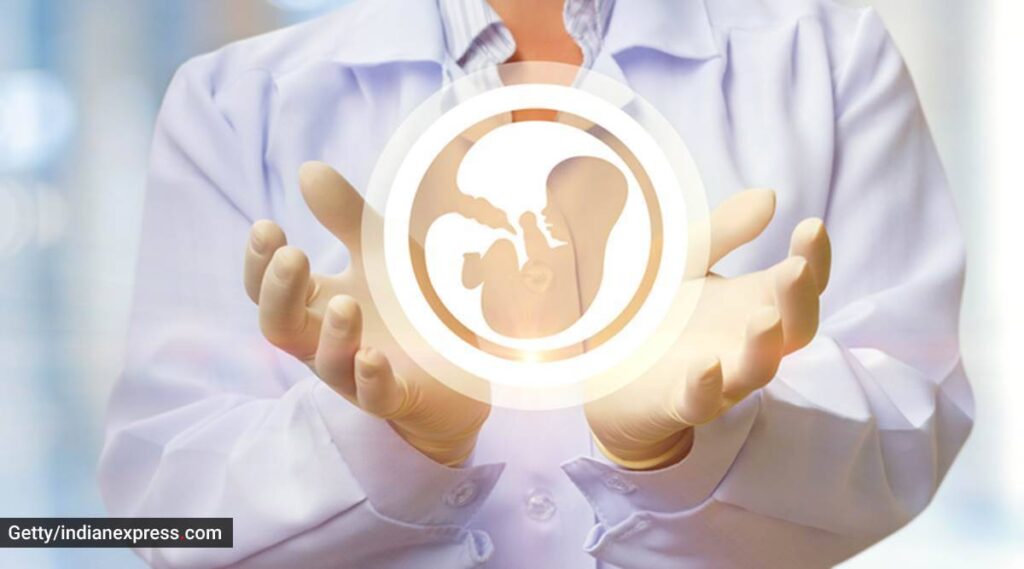IVF
IVF hospital in Shivaji Nagar & Yerawada
IVF – In Vitro Fertilization
IVF – In Vitro Fertilization
In vitro fertilization (IVF) is a procedure in which a physician will remove one or more eggs from the ovaries that are then fertilized by sperm inside the embryology laboratory. IVF is the most successful treatment you can do using your own eggs and sperm (or donor sperm). IVF has become mainstream and widely accepted and continues to grow due to significant technological advances.

Common Indications for IVF Treatment
There are many types of diagnoses that may lead to IVF. Here are some of the most common indications for IVF treatment:
Fallopian tube damage/tubal factor/tubal ligation
- Male factor infertility
- Endometriosis
- Advanced maternal age
- Unexplained infertility
- Recurrent pregnancy loss
- Genetic abnormalities
What is the IVF treatment procedure?
The initial steps for both IVF and ICSI are similar. Both treatments differ in the insemination methodology post the egg collection step.
Step 1 : Pre-investigation to assess feasibility
Pre Treatment Investigations
Before subjecting a couple to the IVF procedure they are advised to undergo certain investigations to check the feasibility for the procedure.
The female partner is asked to undergo certain hormonal blood tests and the male partner is asked to undergo basic semen analysis. Both the partners are subjected to certain common tests like blood grouping, HIV, Hepatitis B & C, and blood tests for sexually transmitted diseases as part of the IVF process.
Step 2: Long or Short protocol
Following the pre-assessment, the next step could either be a long protocol or a short protocol. The doctor takes a call on what treatment needs to be followed.
Long Protocol
The duration of the treatment is about one month and can be divided into two phases mainly:
- Suppression Phase: The female partner is required to come to the hospital for a daily subcutaneous injection usually from day 22 of the cycle (day 1 is the first day of the menstrual period) for about 15 days.
- Stimulation Phase: After about 15 days other set of injection/s is/are added which stimulates the ovaries to produce eggs. These injections are administered by daily injection subcutaneously (sc) or intramuscularly (im) (into the buttock muscle).The daily dose may be increased or decreased depending on how well the ovaries are responding. Stimulation continues until the eggs are mature. This takes approximately 10 – 14 days.
Short Protocol
This usually takes about 15-18 days where injections and medications are administered to the female partner on an everyday basis. This continues until the eggs are mature.
Note: The timing of events during the IVF process is particularly crucial to the success of the pregnancies. Patients are asked to attend OASIS for an ultrasound scan of the ovaries during the treatment cycle which is usually after Day 5.
Step 3 : Egg Collection
Based on the doctor’s assessment, a date is fixed for egg collection and the female partner’s eggs are removed under vaginal ultrasound guidance. There are no cuts on the abdomen.
Step 4 : Semen Preparation and Embryo Transfer
The male partner’s semen is taken and IVF (where eggs are just mixed with sperm) or ICSI (where single sperm is injected into the egg) is carried out in the laboratory. This is then inseminated into the female partner’s uterus.
How are the procedures done?
Egg Collection:
Egg collection is a day care procedure which requires the patient to get admitted to the hospital for half a day. She would be evaluated by anesthesiologist a day or two prior to the egg collection. The eggs collected under vaginal ultrasound guidance are placed in an incubator. Generally most of the follicles will carry a mature, healthy egg. However, not all follicles may yield an egg, or some may be immature or deteriorating and are thus are unlikely to fertilize normally. It’s very rare that no eggs are found. If the treatment cannot proceed because no eggs can be collected or the egg quality is poor, the doctor will discuss the probable causes of this with you and recommend an appropriate course of action.
Embryo Transfer:
The procedure is carried out by insetting a speculum into the vagina and cleaning the cervix. The patient may feel one cramp as an outer catheter is placed through the cervix into the lower segment of the uterus. A fine plastic catheter, into which the Embryologist has transferred the embryos, is then placed through the outer transfer catheter and advanced near the top of the uterus. The sonographer will visualize the lining of the uterus and guide the physician in the placement of the catheter. Once the placement is correct, the embryos will be expelled from the catheter and inserted into the uterus.
For those seeking comprehensive fertility care, the IVF hospital in Shivaji Nagar & Yerawada offers state-of-the-art facilities and expert medical support.